It’s been a time of transition for me in leaving Global Fund for Women in order to commence a new role as Director, Women’s Empowerment Program with The Asia Foundation based in San Francisco. Before I started my new position I had time with friends and family in Australia, then camped in Yosemite before a blissed out week in Kauai.
My singing spirit found fertile ground in Kauai. I was so happy to be back. I’d come from camping in Yosemite, thanks to the organizing and generosity of close friends. In this land of mountains, moonlight, waterfalls, tide pools, deer, bears and starry skies I watched a harvest moon appear, with its portent of new beginnings…
 In the waters of Hanalei Bay, I reclaimed my mermaid self, swimming near other water folk, many with streaming hair, standing tall on boards and moving lightly across the water. From the shore I watched girls surfing and female open-sea rowers moving strongly across the waves.
In the waters of Hanalei Bay, I reclaimed my mermaid self, swimming near other water folk, many with streaming hair, standing tall on boards and moving lightly across the water. From the shore I watched girls surfing and female open-sea rowers moving strongly across the waves.
Early Hawaiian engravings depict women riding surfboards with legends telling of women often emerging the champions in surfing competitions. Oral tradition recalls that King Kamehameha and Queen Kaahumanu surfed side by side. There was also an early tradition that allowed a man and woman who happened to ride the same wave together certain intimacies when they returned to the beach.
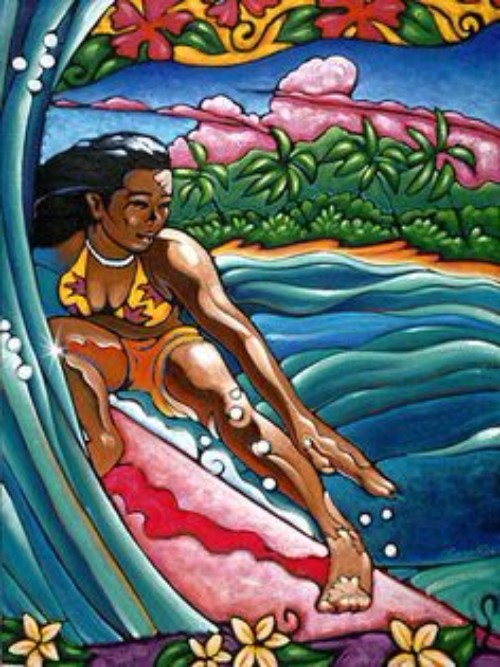

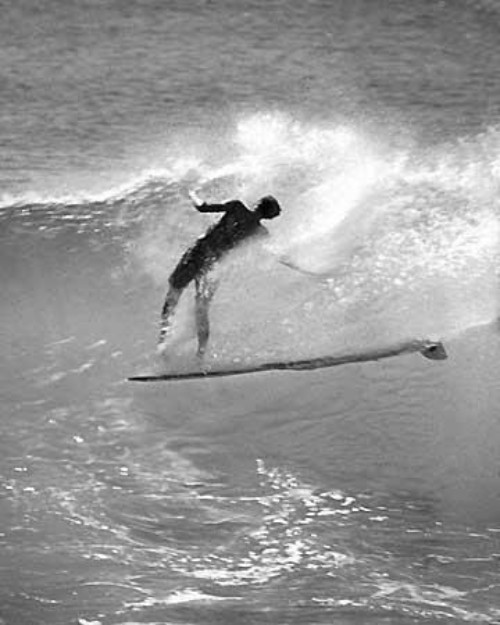


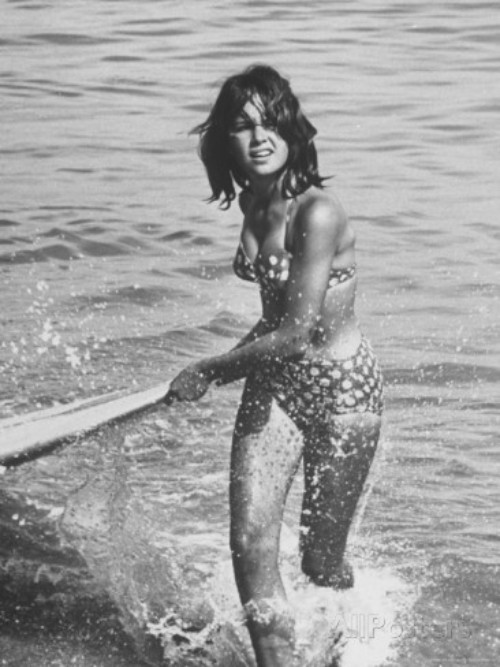

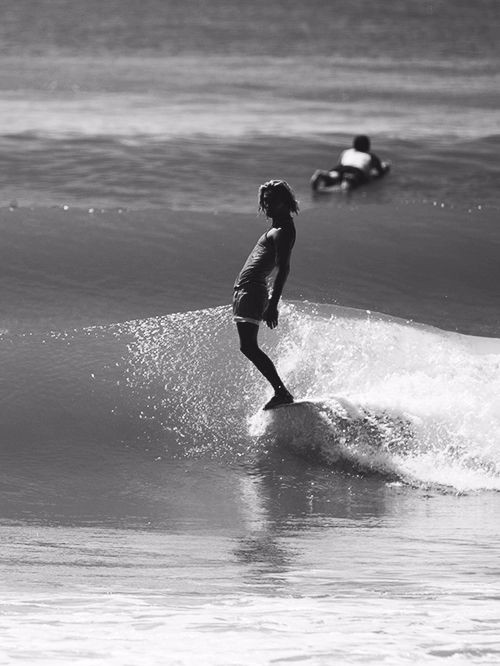

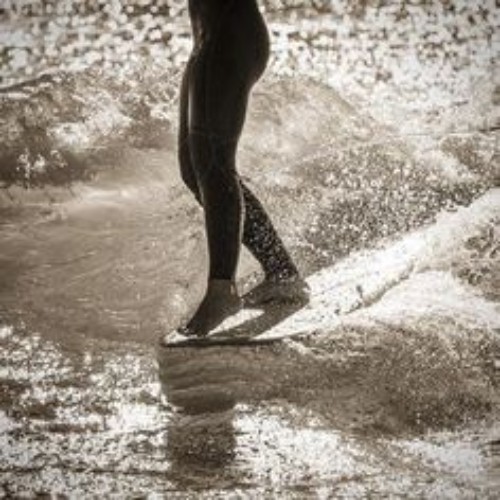
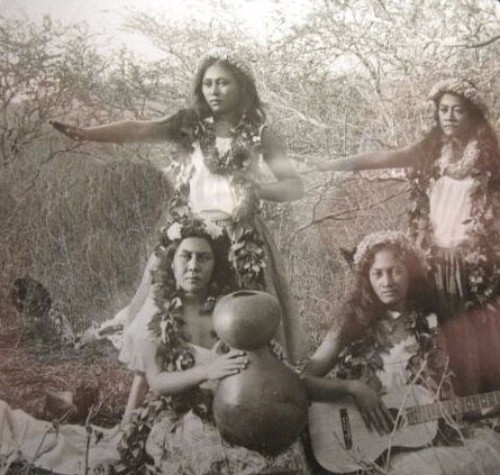
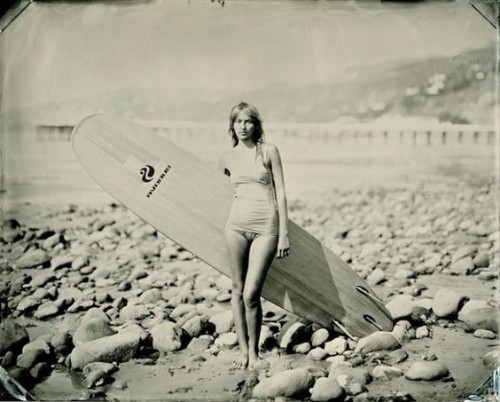
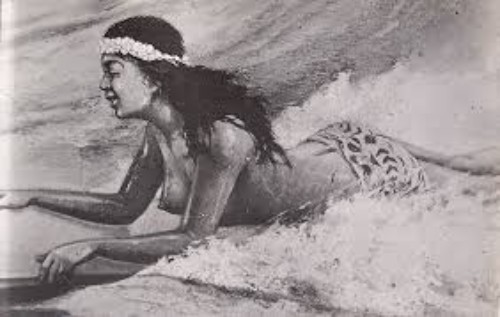

A short walk from the beach at my favorite café, a regular Tiki reggae was underway and I was all in. Dancing felt so natural, light and free in the gypsy energy of the place.
Double rainbows after storms welcomed me for my first few days in Kauai. Each day I found myself in the path of these rainbows as I walked the beach and swam way out. Rows of waxed boards lined up like sentinels against wooden boats on the sand along the shore.
“You’re an island girl,” a local said to me when I told him that I was Australian, had lived in Fiji and kept returning to Kauai. There is something utterly appealing about the oral tradition, the storytelling, singing, ways of seeing and being that comes from the perspective of living on an island.
In visiting some of the local shops I was shocked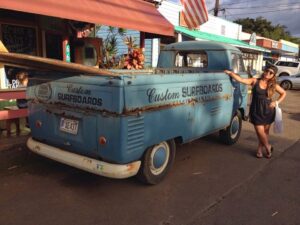 to hear that none of the quality jewelry on sale from Pacific Island countries was bought from, or made by, women. “Why not,” I asked the owner of one of the artisan shops in Kauai. “Women aren’t making the quality jewelry or talking with us directly about buying – it is all done through the men,” he said. “They are probably playing a support role but it’s not obvious to us as buyers.”
to hear that none of the quality jewelry on sale from Pacific Island countries was bought from, or made by, women. “Why not,” I asked the owner of one of the artisan shops in Kauai. “Women aren’t making the quality jewelry or talking with us directly about buying – it is all done through the men,” he said. “They are probably playing a support role but it’s not obvious to us as buyers.”
It seems there needs to be much more attention paid to the front facing roles of women as artisans in island communities, and for their playing a lead role in representing artisan traditions.
I thought of the Santa Fe Folk Art Fair and what we could do to support more women from Pacific communities to engage in such important exchanges in order to build supply chains and networks. And what a difference it might make to have a dedicated International Women Artisan Network.
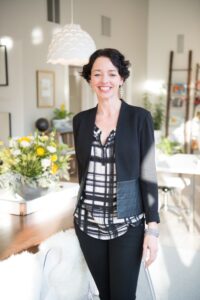 With the sustained focus on women entrepreneurs, it’s important to recognize the role that artisans play as creative and economic agents of change. In my own community in Marin County we have some exciting networks to lift up women’s entrepreneurship and talent. One of my favorite networks, called The Hivery, was created by a visionary woman called Grace Kraajivanger. Its subtitle “An Inspiration Lab” and I hope we can foster more spaces like this for women globally.
With the sustained focus on women entrepreneurs, it’s important to recognize the role that artisans play as creative and economic agents of change. In my own community in Marin County we have some exciting networks to lift up women’s entrepreneurship and talent. One of my favorite networks, called The Hivery, was created by a visionary woman called Grace Kraajivanger. Its subtitle “An Inspiration Lab” and I hope we can foster more spaces like this for women globally.
With so much at stake for women these networks and leadership labs are vital to make women’s leadership and innovation visible and help lead strong campaigns for women’s participation and rights. Here, leadership at every level is important, from country-level leadership to citizen activism for change.
While we lost the opportunity to see the first women appointed as Secretary General of the United Nations, we can anticipate the importance of a first female President of the United States. More opportunities will open up for women’s empowerment, both by the symbolism and import of this event as well as by the sustained commitment Hillary Clinton has shown to advancing women’s human rights and gender equality through decades of civic and political work, and most recently as Secretary of State.
I recently read Ellen Malcolm’s book, When Women Win, on the creation of Emily’s List which is an important book in the strategizing needed to lift women’s leadership to new levels. I’ll be attending an event next week where Ellen Malcolm will be speaking in recognition of the critical importance of funding progressive women candidates in their campaign for office.
Who we elect to office will shape the future of the world and the quest for justice, especially in holding governments to account for the way they treat women and other citizens. For instance, The New York Times reported on the long fight for justice by Mexican women that has culminated in ‘The Women of Atenco’. 11 of the more than 40 women brought formal complaints to the Inter-American Commission on Human Rights as a result of the sustained sexual violence and torture perpetrated by police during a 2006 crackdown ordered by Mr. Peña Nieto, President of Mexico.
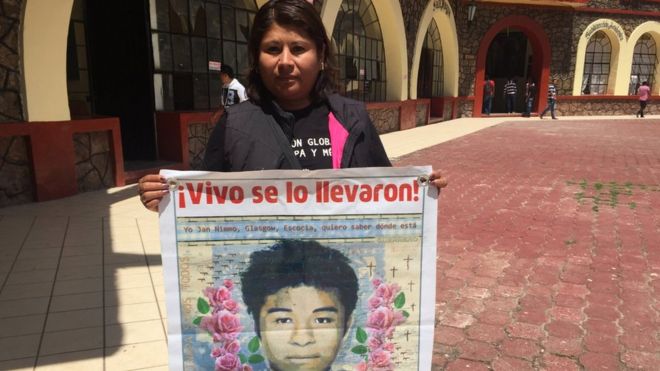 The case also reminds us of the violent act two years ago in Iguala, 120 miles south of Mexico City, where 43 students from Ayotzinapa disappeared in the middle of the night after being attacked by local police patrols. With the government continuing to stonewall it is still not clear what happened over 700 days later.
The case also reminds us of the violent act two years ago in Iguala, 120 miles south of Mexico City, where 43 students from Ayotzinapa disappeared in the middle of the night after being attacked by local police patrols. With the government continuing to stonewall it is still not clear what happened over 700 days later.
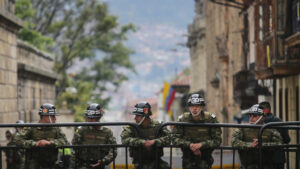 In my last blog I wrote about the time I spent with the Transitional Justice Institute in Belfast in July this year and what we learnt has happened since the peace agreement in Ireland. While I was there we also discussed the momentum in support of a peace agreement in Colombia – after 70 years of war and with over 250,000 casualties.
In my last blog I wrote about the time I spent with the Transitional Justice Institute in Belfast in July this year and what we learnt has happened since the peace agreement in Ireland. While I was there we also discussed the momentum in support of a peace agreement in Colombia – after 70 years of war and with over 250,000 casualties.
And then it finally happened. The government of Colombia and the Revolutionary Armed Forces of Colombia, or FARC, the nation’s largest guerilla group, reached a deal under which the militants committed to disarm and join the political system. Under the pact, FARC members would surrender their arms to United Nations personnel and reveal the nature of their involvement in the conflict to a special tribunal that would be established and include Colombian and international jurists. Those who admit to grave crimes such as executions and kidnappings would have their mobility restricted for up to eight years, during which time they would be required to perform community service. Those who have committed less serious crimes such as drug trafficking would receive amnesty.
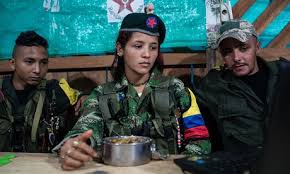 This was obviously not ideal in terms of some crimes going unpunished but it was a compromise to achieve peace and to ensure the victims were able to see those who perpetrated the most vicious crimes being held to account. The agreement was dependent on voters in Colombia supporting the peace agreement and the opportunity to see any end to decades of violence, corruption, fragile institutions and sustained inequality and poverty. However, the majority vote was to not accept the proposed peace agreement due to lack of accountability of those who were the major perpetrators of violence. And so, as a result, peace remains elusive and people’s lives will continue to be assaulted by the continuing violence.
This was obviously not ideal in terms of some crimes going unpunished but it was a compromise to achieve peace and to ensure the victims were able to see those who perpetrated the most vicious crimes being held to account. The agreement was dependent on voters in Colombia supporting the peace agreement and the opportunity to see any end to decades of violence, corruption, fragile institutions and sustained inequality and poverty. However, the majority vote was to not accept the proposed peace agreement due to lack of accountability of those who were the major perpetrators of violence. And so, as a result, peace remains elusive and people’s lives will continue to be assaulted by the continuing violence.
This week it was announced that Colombian President Juan Manuel Santos would be awarded the Nobel Peace Prize for his efforts in leading the negotiations from 2012 with the Farc guerrillas to secure a peace agreement. As The New York Times noted this morning, the prize is both recognition of achievement to date and encouraging and endorsing ongoing actions in support of the peace process. “The referendum, the committee noted, was against specific elements of the peace agreement, and not against peace.”
The outcome of the referendum in Colombia was similar to that of the United Kingdom with the Brexit vote where people voted to leave the European Union. In both cases the leader of the country was not legally obliged to allow the people to vote on the outcome and yet each chose this option seemingly to give the outcome more legitimacy. Yet moral leadership is about making the right decision with the facts at hand and in recognition of what’s at stake rather than choosing the path of populism, especially when, as in the case of Colombia, over 60% of the population chose not to vote.
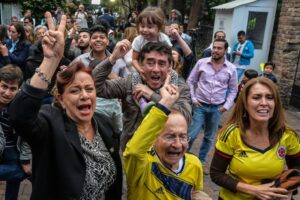 It’s important to recognize the role of women in working toward a peace agreement in Colombia. Colombian women activists and movements have sustained their peace activism from the frontlines of local communities. This has included seeking justice for women raped and sexually violated and creating safe spaces for these survivors to speak during the peace talks in Havana. It has meant creating safe spaces for community members to speak about their experiences and the trauma experienced as a result of the sustained violence and for former child soldiers to also tell their stories. It has also meant giving these survivors an opportunity to use art as therapy through painting, poetry, song and writing while also getting training and financial support to start a new life.
It’s important to recognize the role of women in working toward a peace agreement in Colombia. Colombian women activists and movements have sustained their peace activism from the frontlines of local communities. This has included seeking justice for women raped and sexually violated and creating safe spaces for these survivors to speak during the peace talks in Havana. It has meant creating safe spaces for community members to speak about their experiences and the trauma experienced as a result of the sustained violence and for former child soldiers to also tell their stories. It has also meant giving these survivors an opportunity to use art as therapy through painting, poetry, song and writing while also getting training and financial support to start a new life.
In this same way, Syrian women activists and movements have played a critical role in actively working for sustainable peace. A timely and insightful study of Syrian women’s peace activism written by Razan Ghazzawi, Afra Mohammad, Oula Ramadan and published by the Friedrich-Ebert-Stiftung and The Kvinna till Kvinna Foundation documents how Syrian women have been crucial actors in working for peace and non-violent conflict resolution. The report gives powerful examples of how women are intelligently working to stop violence and the trafficking of children while raising awareness of human rights and legal recourse and building comprehensive networks to sustain the work of peacebuilding.
On returning from Kauai, I step onto Sunrise, my small wooden boat, and put on a CD of The Seekers playing Georgie Girl. This was one of my very first records as a girl, and a song that still gives me so much joy. And when I dance to it, I flip the lyrics and I’m Georgie – the girl who finally gains the confidence to take on the world:
https://youtu.be/IjCMzVS3uKY
Jane Sloane
Kauai, Hawaii
P.S. Two weeks ago I commenced my new role as Director, Women’s Empowerment with The Asia Foundation and next month I’ll be traveling to see some of the foundation’s work in the field. I’ll be writing short blogs from Thailand, Cambodia, Myanmar, Indonesia, Bangladesh and Timor Leste and about how the foundation is sustaining important women’s movements for change in all that we do. So, please join me.
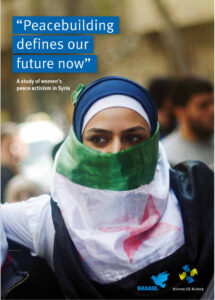
2 Responses
Smiling here! Great post–and a spectacular dance!
Hi Jane- if u come through Darwin after Dili let me know….cuppa? Cheers